It’s A Family Affair
Just glancing at the DEP’s Statewide Forest Resource Assessment (2010). Came across the following text that recalled photo’s of a recent day in the Pines:
the NJ Forest Service, NJ State Tree Nursery, NJ Forest Fire Service Research and Development, NJ Fish and Wildlife, NJ State Park Service, and the Conserve Wildlife Foundation of NJ have coordinated in order to restore Atlantic white-cedar to former stands of this species that had been impacted adversely by a variety of factors over the last two centuries as mentioned in Mylecraine and Zimmerman 2003. The cooperative cedar restoration projects facilitated improvement of eastern timber rattlesnake basking areas, which were confirmed as being used by the snakes after project completion as well as habitat improvement for a number of other T&E plants and animals. (p.17)
Is this restoration? Find the Basking Areas
DEP’s Forest Assessment also highlighted the reasons for decline of white-cedar forests:
Atlantic white-cedar population has steady declined from its historical average of about 115,000 acres to an area of approximately 32,000 acres (Widmann 2005). Lack of proper management, loss of wetland habitat, theft and illegal harvesting, wildfire, deer browsing, salt water intrusion, beaver, and conversion to agriculture have contributed to its steady decline. (p. 18)
Loss of wetland habitat?
Conversion to agriculture? That’s a man made cranberry bog in the background, not a wetlands
Partners in crime
This project utilizes the State’s multi-disciplinary staffing resources in conjunction with the non-profit conservation group’s (NJ Audubon Society, NJ Conservation Foundation) staff. With the continued collaboration between state agencies and stakeholders the WAP will continue to provide direction for the conservation of State’s wildlife species of greatest conservation need.

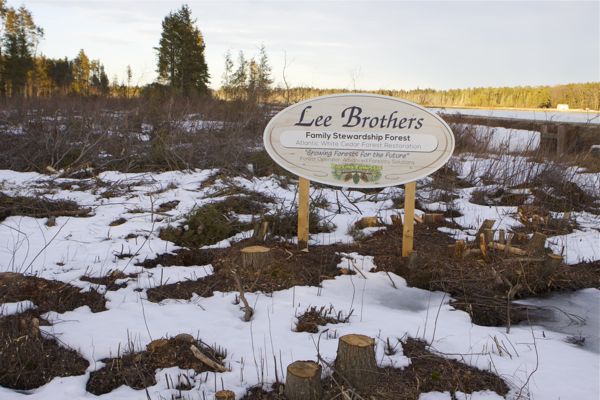
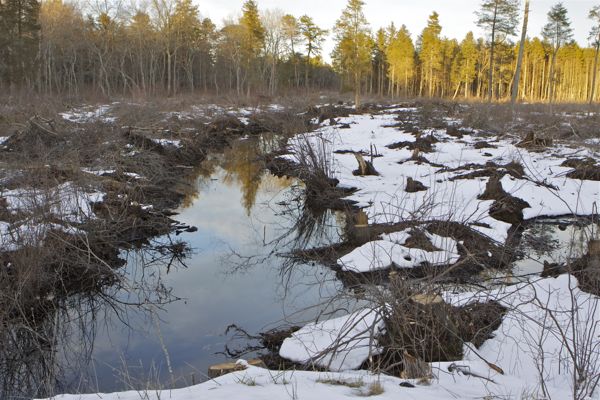
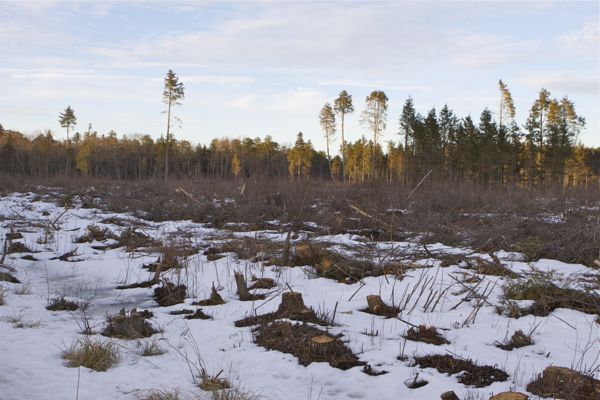
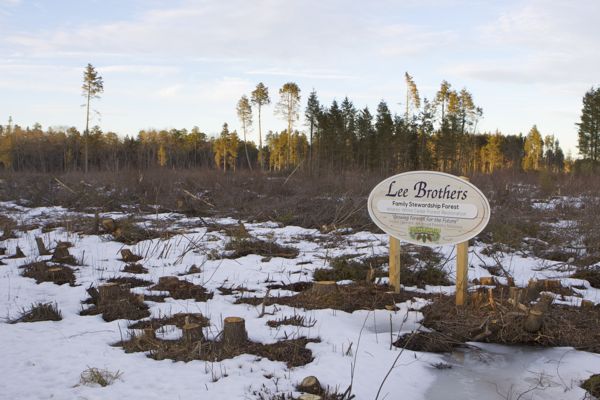

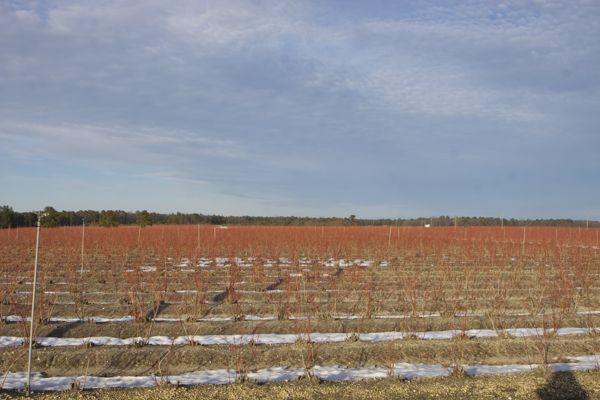
Pingback: WolfeNotes.com » Slogans “Buy Local” & “Sustainable Birdhouses” Provide Cover For Logging Of Public Lands
Pingback: WolfeNotes.com » NJ Gov. Murphy Faces A Huge Challenge Reversing Christie Environmental Dismantling And Restoring DEP Integrity and Leadership
Pingback: WolfeNotes.com » Forty Policy Questions For Gov. Murphy’s DEP Commissioner’s Senate Confirmation Hearing
Pingback: WolfeNotes.com » A Field Guide To NJ “Stewardship”
Pingback: WolfeNotes.com » The Pinelands Commission Is Either Oblivious Or Vindictive (Or Both)
Pingback: WolfeNotes.com » ORWELL: Conservationists Conduct Tour To Promote DEP Logging Of Pinelands Forests
Pingback: WolfeNotes.com » Murphy DEP Pinelands Logging Plan Exposed A Broken System, Flawed Policies, And Corrupt Practices
Pingback: WolfeNotes.com » NJ Gov. Murphy (Falsely) Claims He Has The Strongest Environmental Record In The Country